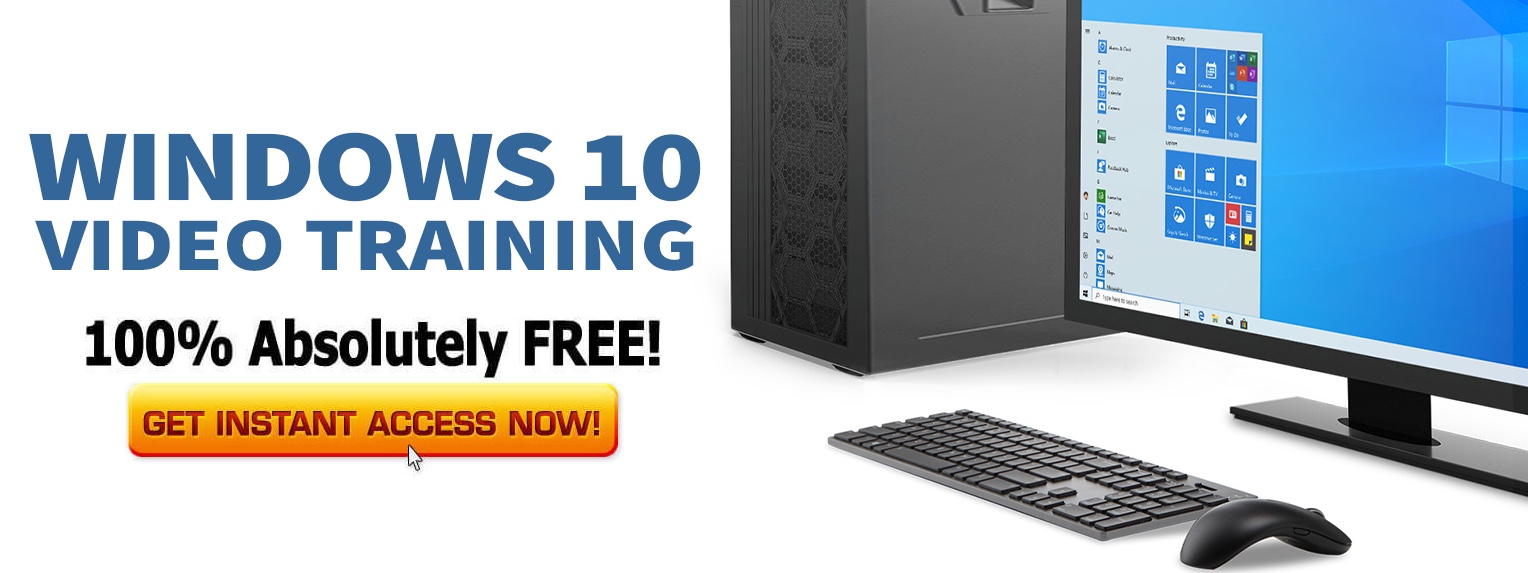[/caption]
There’s a new post on the Windows 8 development blog.
The title of the post is “Cloud services for Windows 8 and Windows Phone: Windows Live, reimagined” and it’s authored by Chris Jones, the VP of Microsoft’s Windows Live Group.
It’s a detailed look at the different types of cloud services offered by Microsoft and how they all work together.
The primary focus at the end of the day is on the Microsoft account. Based on your registration for (or migration to) a Microsoft account, you’re automatically provisioned with a set of cloud services, including a contact list, calendar, inbox, instant messaging, and cloud storage.
Here’s a chart showing the various cloud services offered.
[caption id="attachment_16347" align="alignnone" width="600" caption="Microsoft Cloud Software and Services"]
[/caption]
Here’s a synopsis from the post about the Microsoft account:
Microsoft account is our identity service for individuals who use Microsoft products and services. You can use your Microsoft account to sign in to your Windows 8 PC, and then use the same account to check your billing for services like Xbox LIVE, Zune, and the Windows 8 app store. And your Microsoft account is connected to your XBox gamer tag so you can track high scores and games. You can sign up for a Microsoft account with any email address, and provide additional verification information including your mobile phone number and a list of your trusted devices. We’ll be rolling out the change in nomenclature from Windows Live ID to Microsoft account over the next several months across our product line. There are still some areas we continue to work on such as migrating your account (credit cards and purchase history) from one market (currency) to another if you’ve connected your account to services such as XBox LIVE. When you connect a device or service to your Microsoft account, you’re automatically provisioned with a set of cloud services, including a contact list, calendar, inbox, instant messaging, and cloud storage. Of course these services connect to your PC and your Windows Phone, they’re accessible from any web browser, and they’re accessible to different apps if the developer of the app implements our API. Because these services are a part of your Microsoft account, they are shared across all Microsoft products and services. For example your contact list is shared across Windows Phone, Windows 8, Hotmail, Messenger, and SkyDrive, so when you add a contact in one place, it shows up in the cloud and on all of your other devices and services. Windows 8 also uses cloud services to roam settings across your PCs so you can log in to a new PC and pick up right where you left off. Along with a Microsoft account, everyone gets a SkyDrive, which is cloud storage for documents, photos, your phone’s camera roll, and settings from your PC. SkyDrive powers the Windows Phone camera roll, so every picture you take is automatically copied to your cloud photo album. SkyDrive makes it easy for you to share and collaborate on Office documents, either using Office Web Apps or Office client applications. And developers can use the SkyDrive APIs to provide an even deeper level of roaming and support in their apps if they choose. Through the innovative features of Contracts and File Pickers in Windows 8, you can access your SkyDrive data from within any Windows 8 Metro style app. We recognize that customers will have services from many different companies, particularly for social networking and communications. So we let you connect your Microsoft account to other services. Just like our contact list, your connected services are stored in the cloud and roam across your devices. This means that if you connect your Microsoft account to LinkedIn, Facebook, or Twitter, your contacts from these networks show up in your contact list, so you can send them email from your PC or call them from your phone. We also support 3rd party developers through the Live SDK, allowing developers to cloud-power their Metro style apps, or apps and services for other platforms. Our APIs use standard and familiar protocols including OAuth 2.0, JSON, REST, Exchange ActiveSync, and XMPP.Here’s the video: http://www.youtube.com/watch?v=mUAXTifkKFw]]>


that is really great work!
Super super great. This is total integration across devices. This is what consuners and enterprise has been waiting for, automatic syncing through the cloud. That’s why Skydrive, Microsoft cloud initiatief is so much better than Gdrive or Dropbox or any other. It’s not about storage alone, but about automatically syncing.